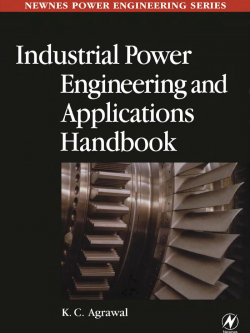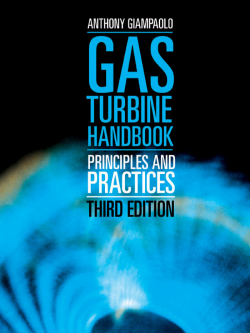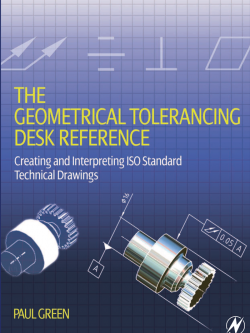Description
This book is a revised and reset edition of Nonlinear ordinary differential equations, published in previous editions in 1977, 1987, and 1999. Additional material reflecting the growth in the literature on nonlinear systems has been included, whilst retaining the basic style and structure of the textbook. The wide applicability of the subject to the physical, engineering, and biological sciences continues to generate a supply of new problems of practical and theoretical interest.
The book developed from courses on nonlinear differential equations given over many years in the Mathematics Department of Keele University. It presents an introduction to dynamical systems in the context of ordinary differential equations, and is intended for students of mathematics, engineering and the sciences, and workers in these areas who are mainly interested in the more direct applications of the subject. The level is about that of final-year undergraduate, or master’s degree courses in the UK. It has been found that selected material from Chapters 1 to 5, and 8, 10, and 11 can be covered in a one-semester course by students having a background of techniques in differential equations and linear algebra. The book is designed to accommodate courses of varying emphasis, the chapters forming fairly self-contained groups from which a coherent selection can be made without using significant parts of the argument. From the large number of citations in research papers it appears that although it is mainly intended to be a textbook it is often used as a source of methods for a wide spectrum of applications in the scientific and engineering literature. We hope that research workers in many disciplines will find the new edition equally helpful.
General solutions of nonlinear differential equations are rarely obtainable, though particular solutions can be calculated one at a time by standard numerical techniques. However, this book deals with qualitative methods that reveal the novel phenomena arising from nonlinear equations, and produce good numerical estimates of parameters connected with such general features as stability, periodicity and chaotic behaviour without the need to solve the equations. We illustrate the reliability of such methods by graphical or numerical comparison with numerical solutions. For this purpose the Mathematica™software was used to calculate particular exact solutions; this was also of great assistance in the construction of perturbation series, trigonometric identities, and for other algebraic manipulation. However, experience with such software is not necessary for the reader. Chapters 1 to 4 mainly treat plane autonomous systems.
The treatment is kept at an intuitive level, but we try to encourage the reader to feel that, almost immediately, useful new investigative techniques are readily available. The main features of the phase plane-equilibrium points, linearization, limit cycles, geometrical aspects—are investigated informally. Quantitative estimates for solutions are obtained by energy considerations, harmonic balance, and averaging methods.





